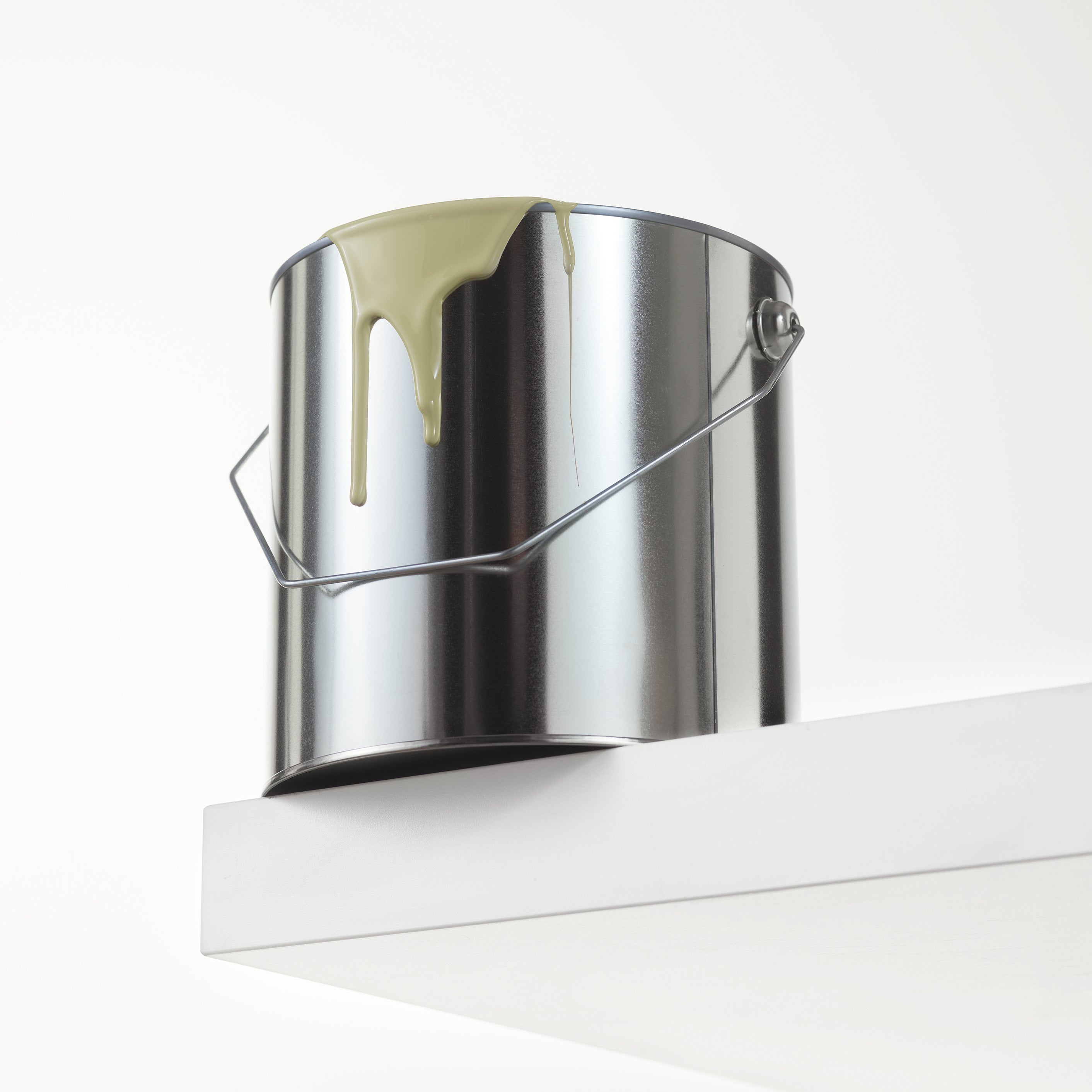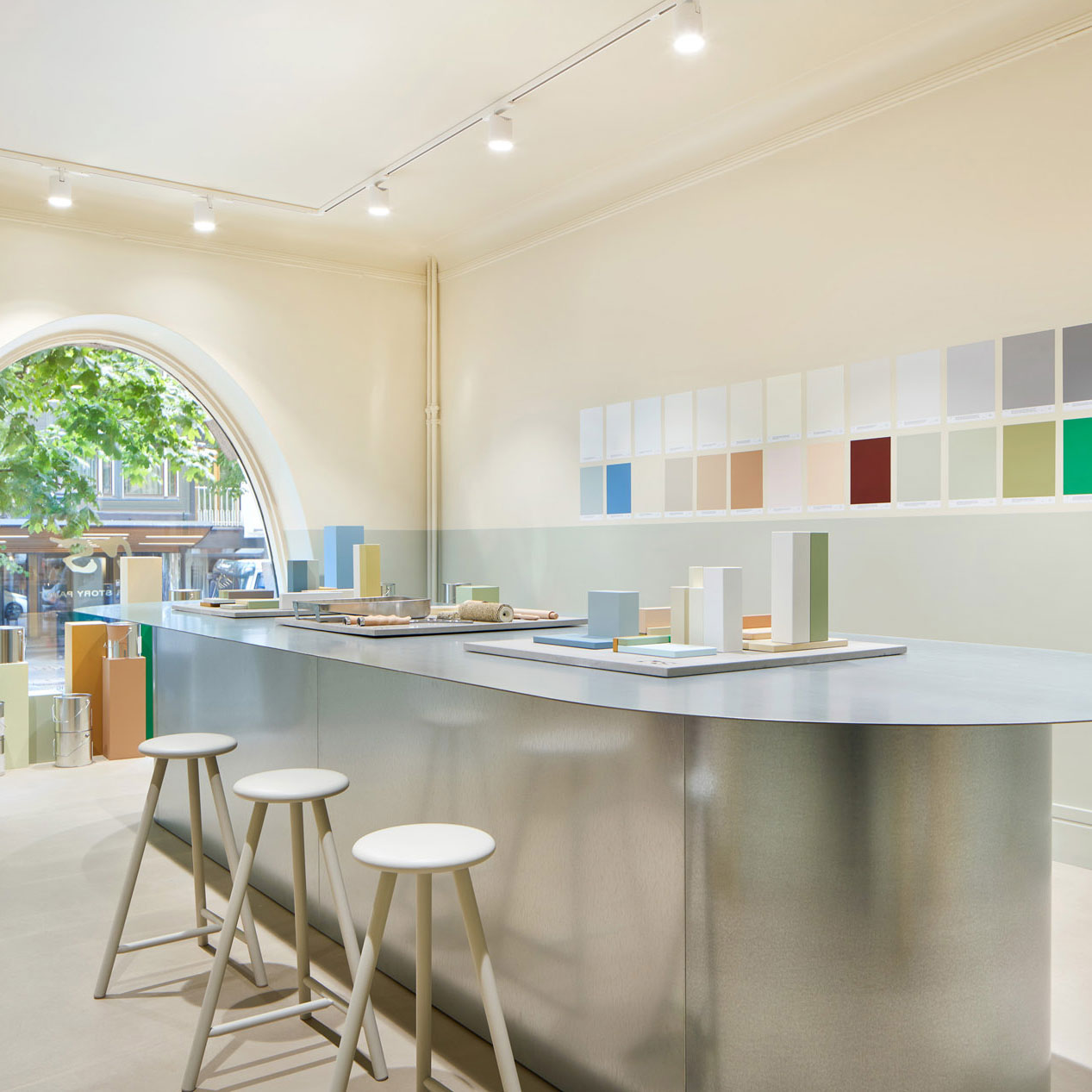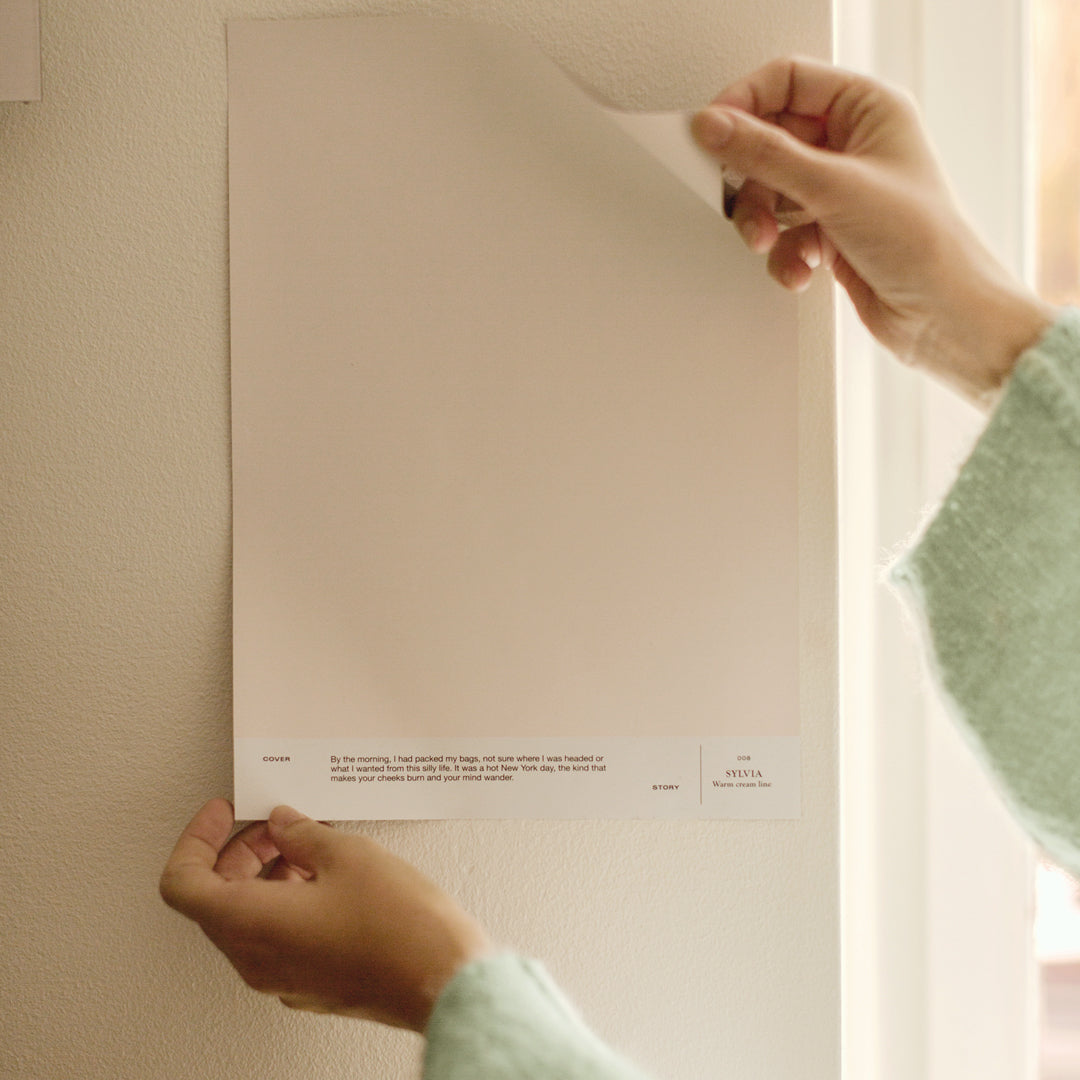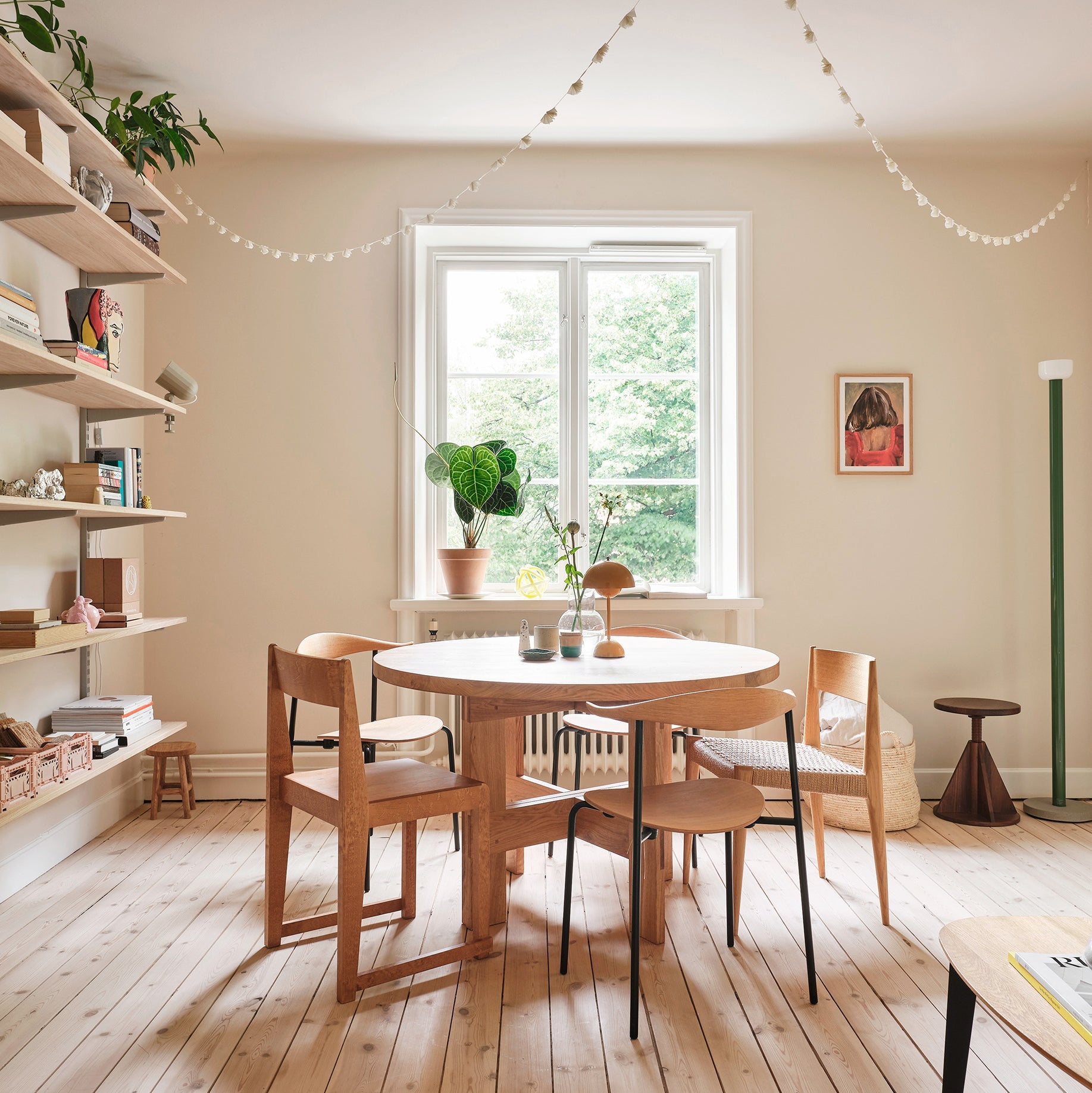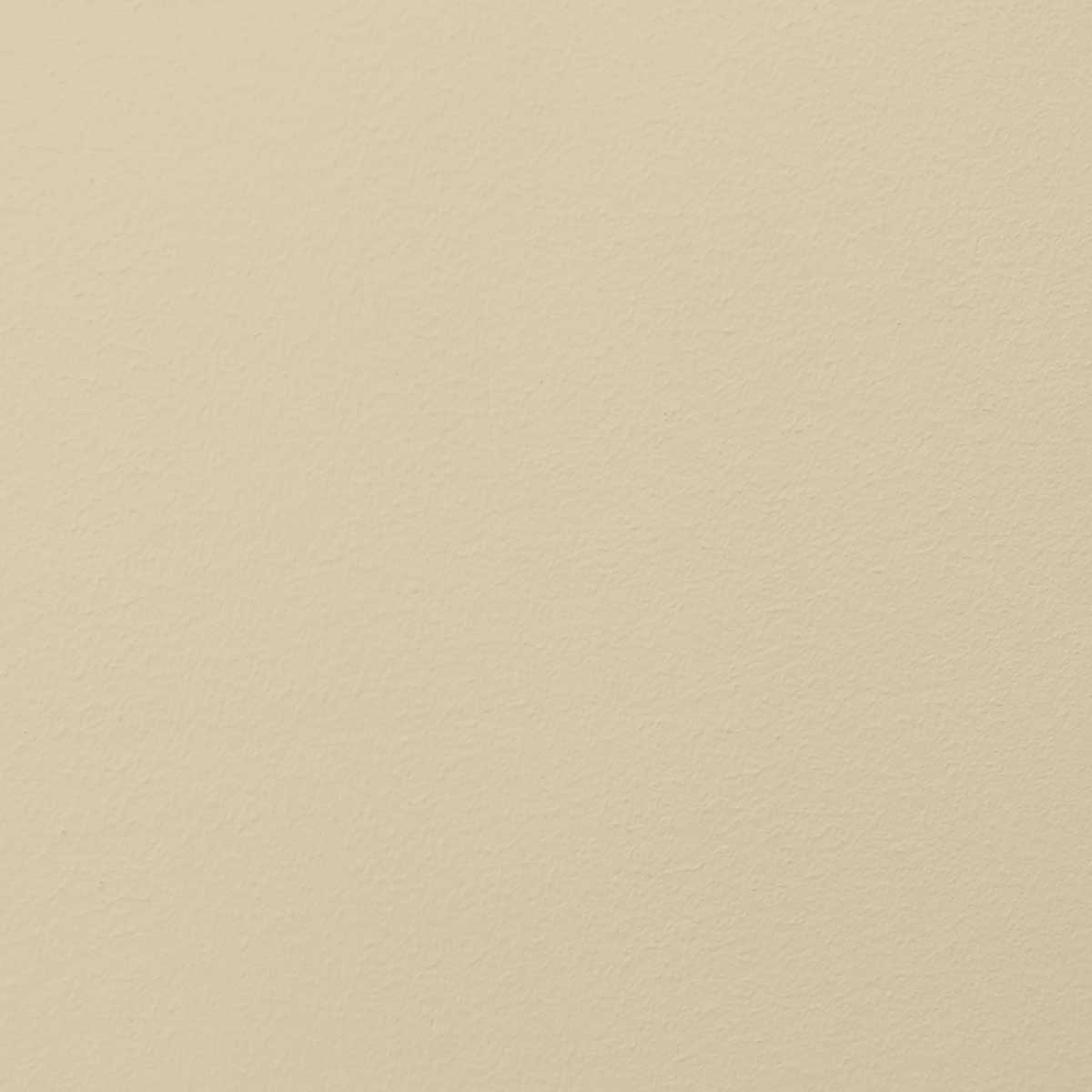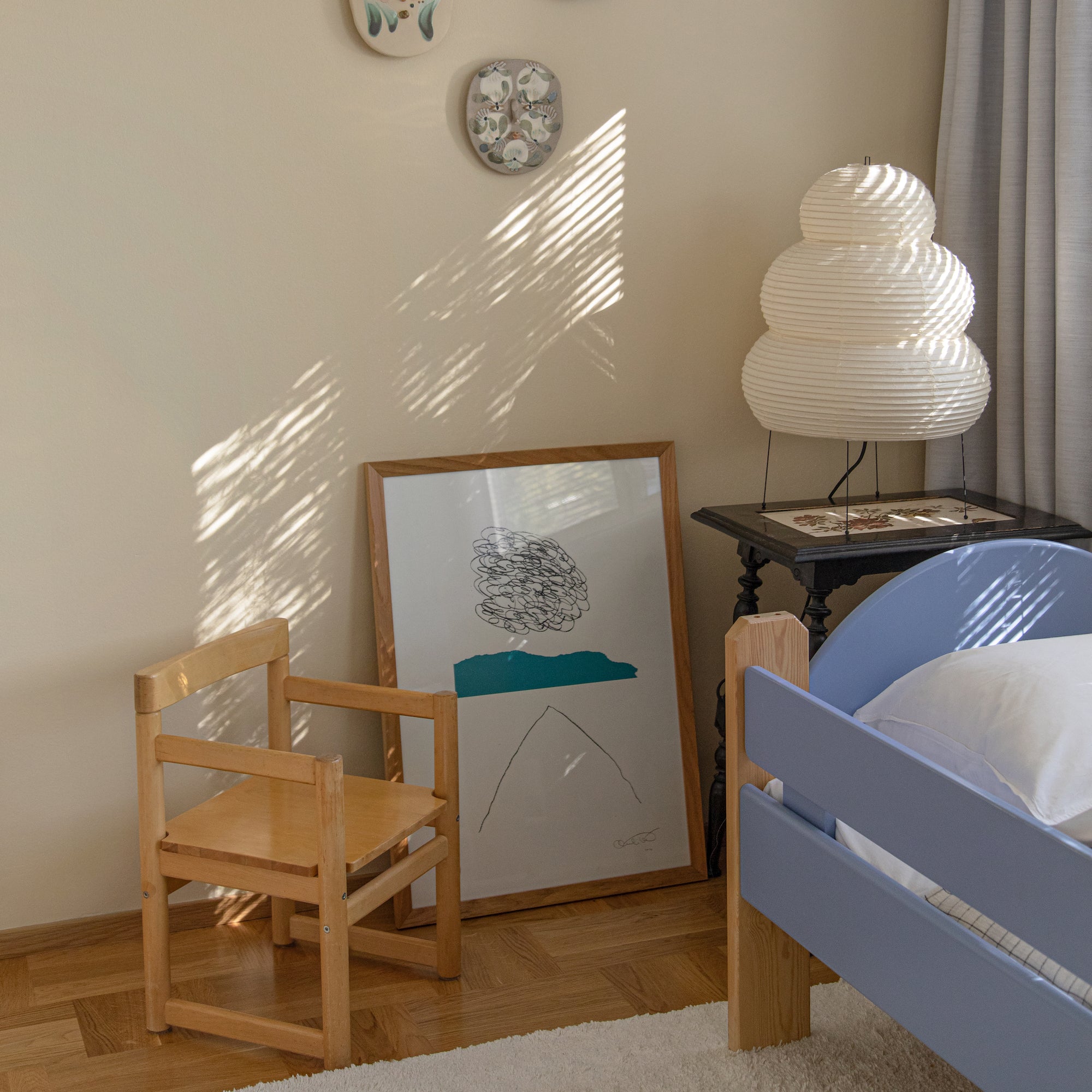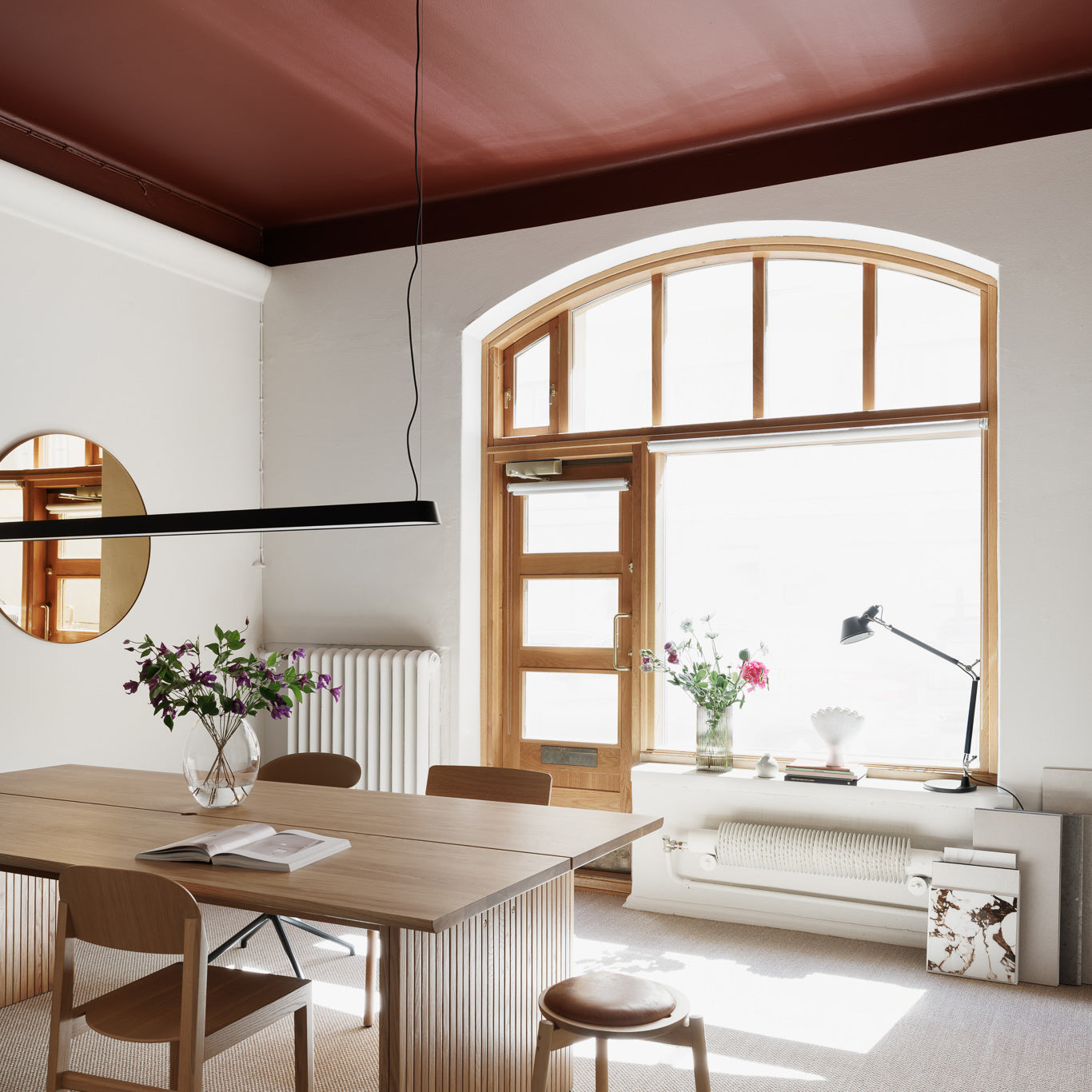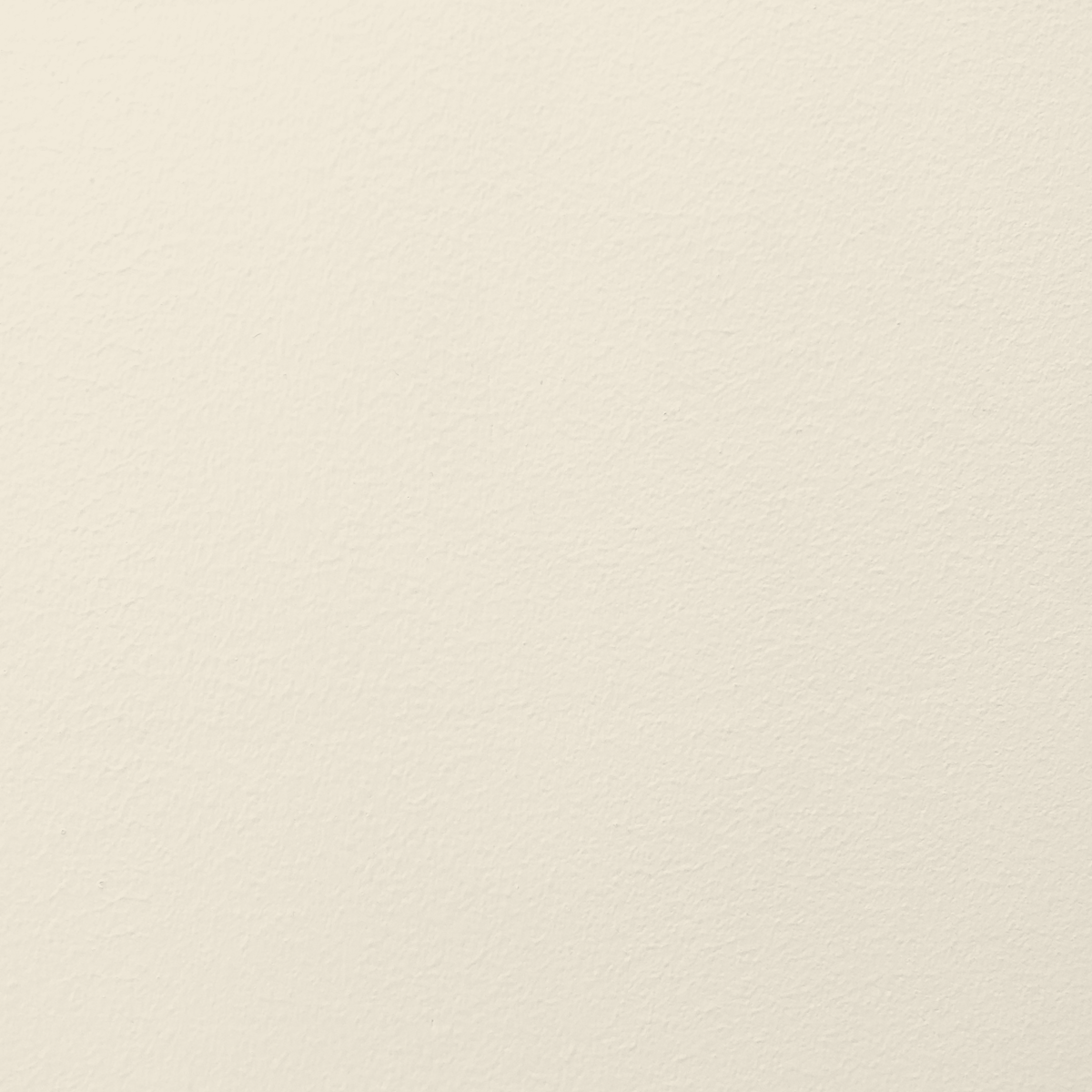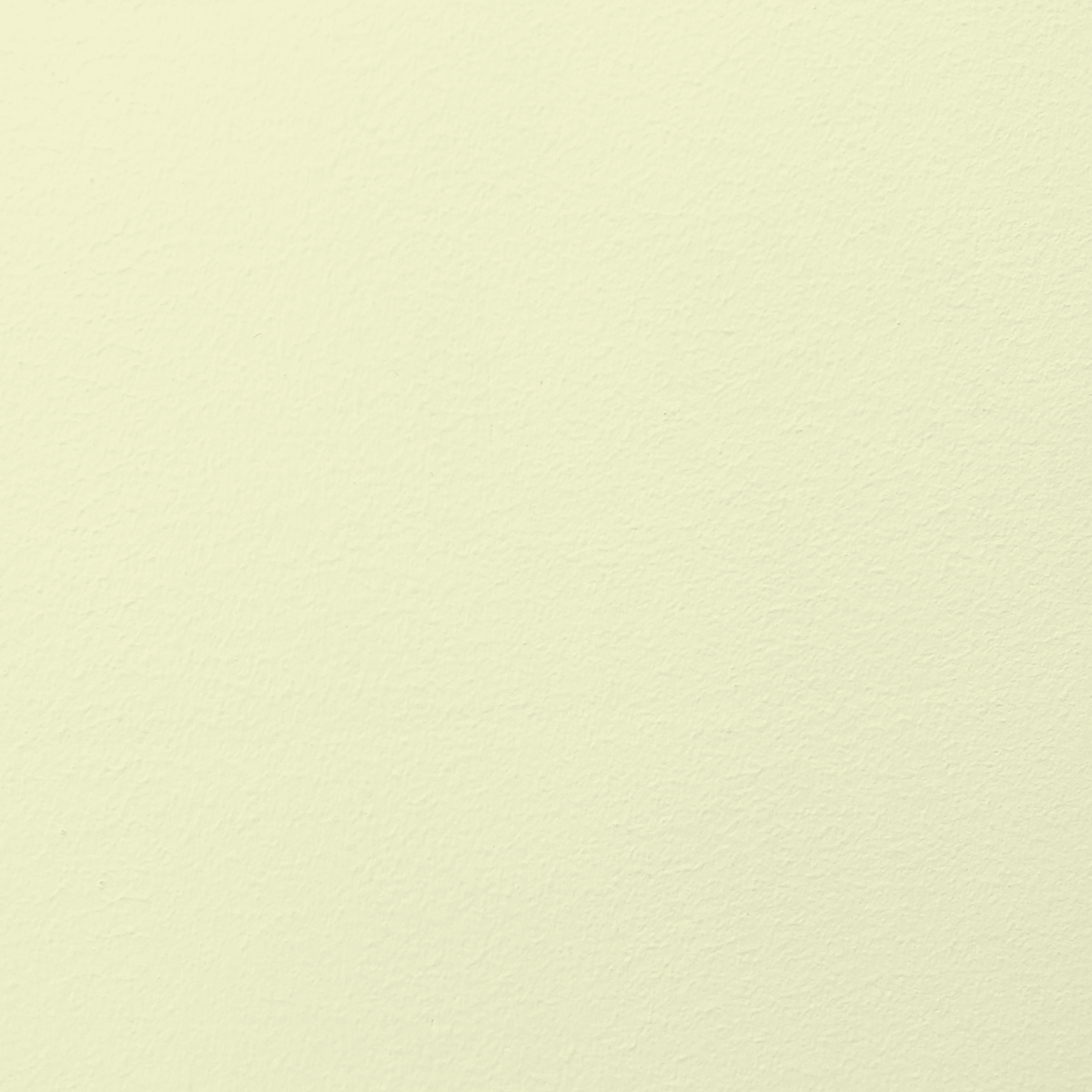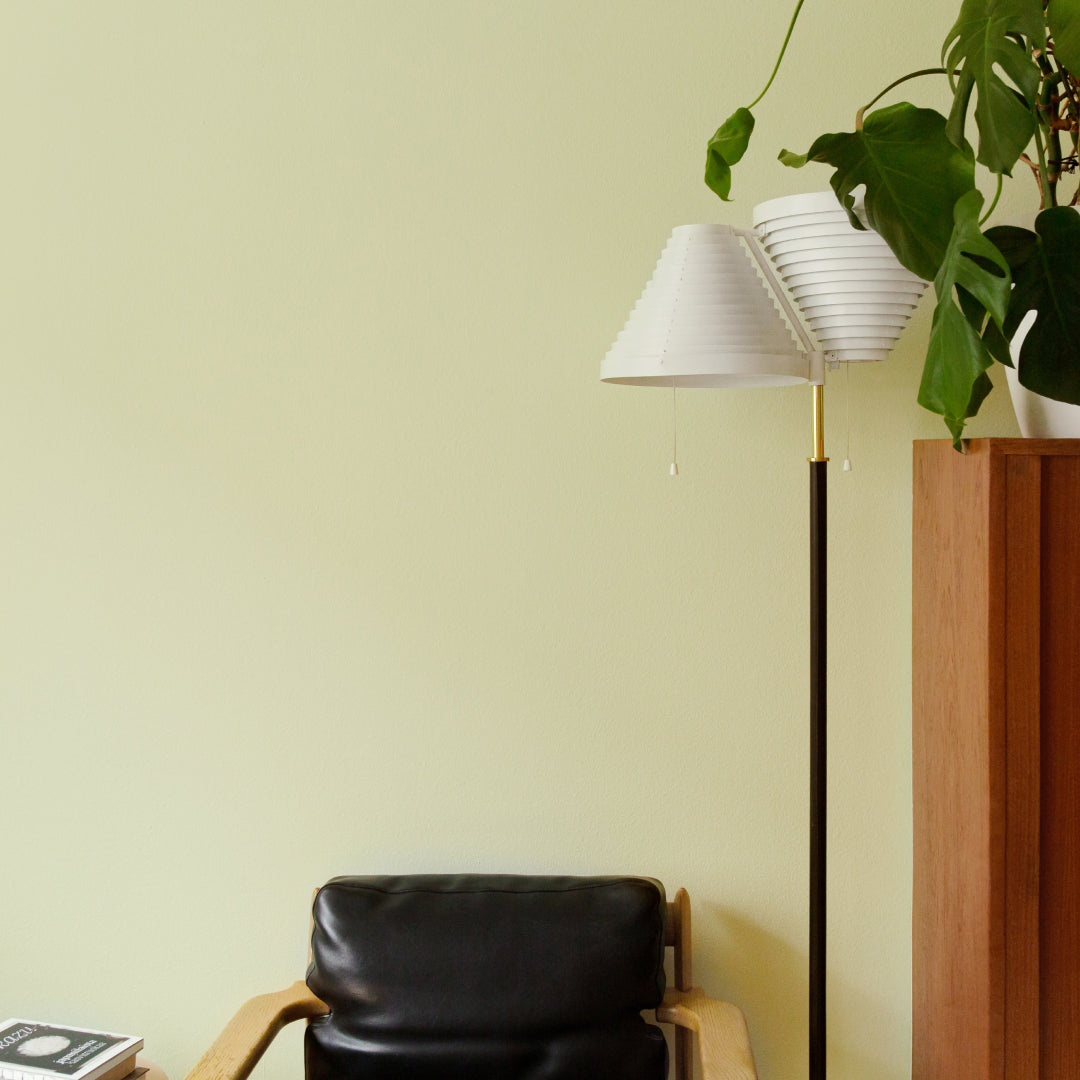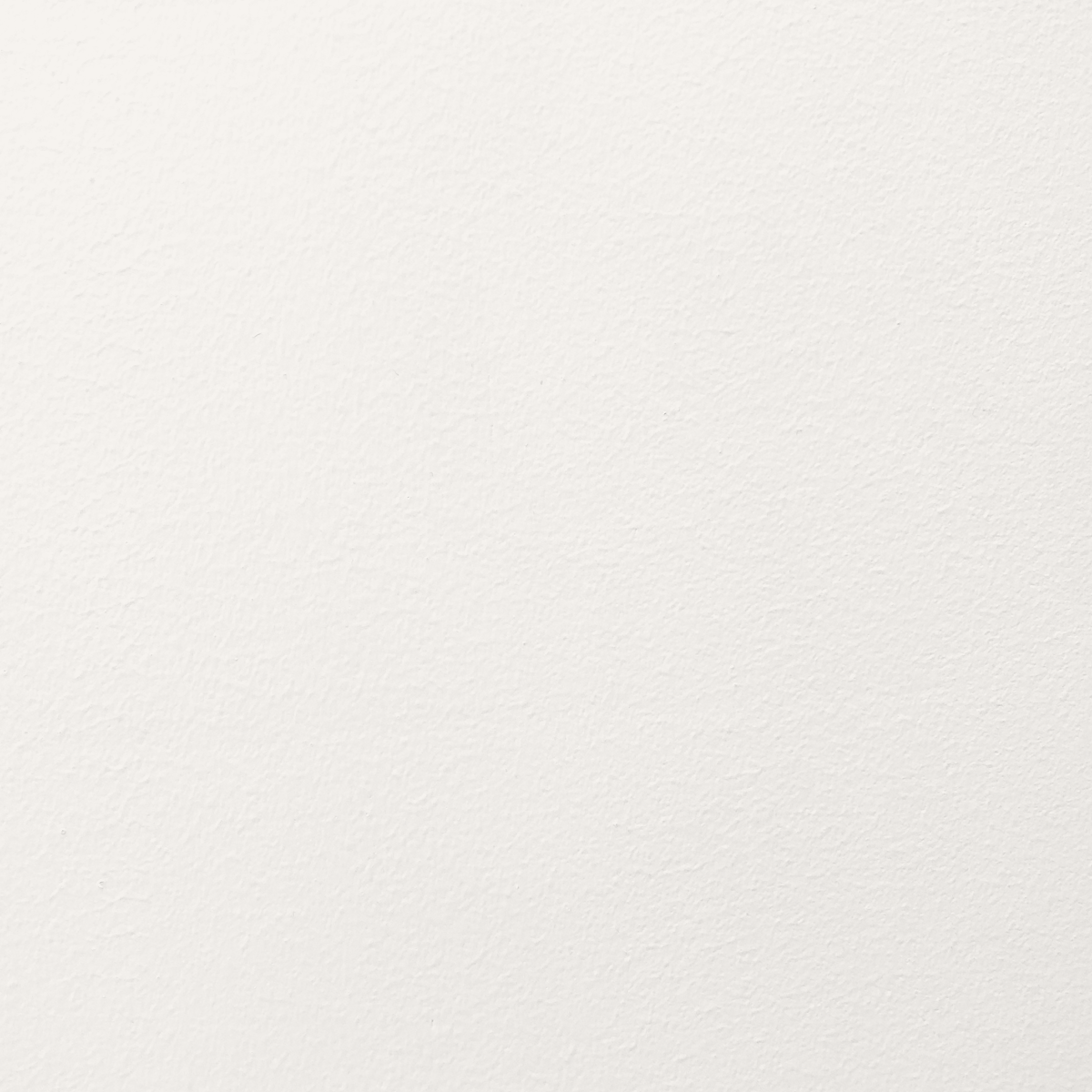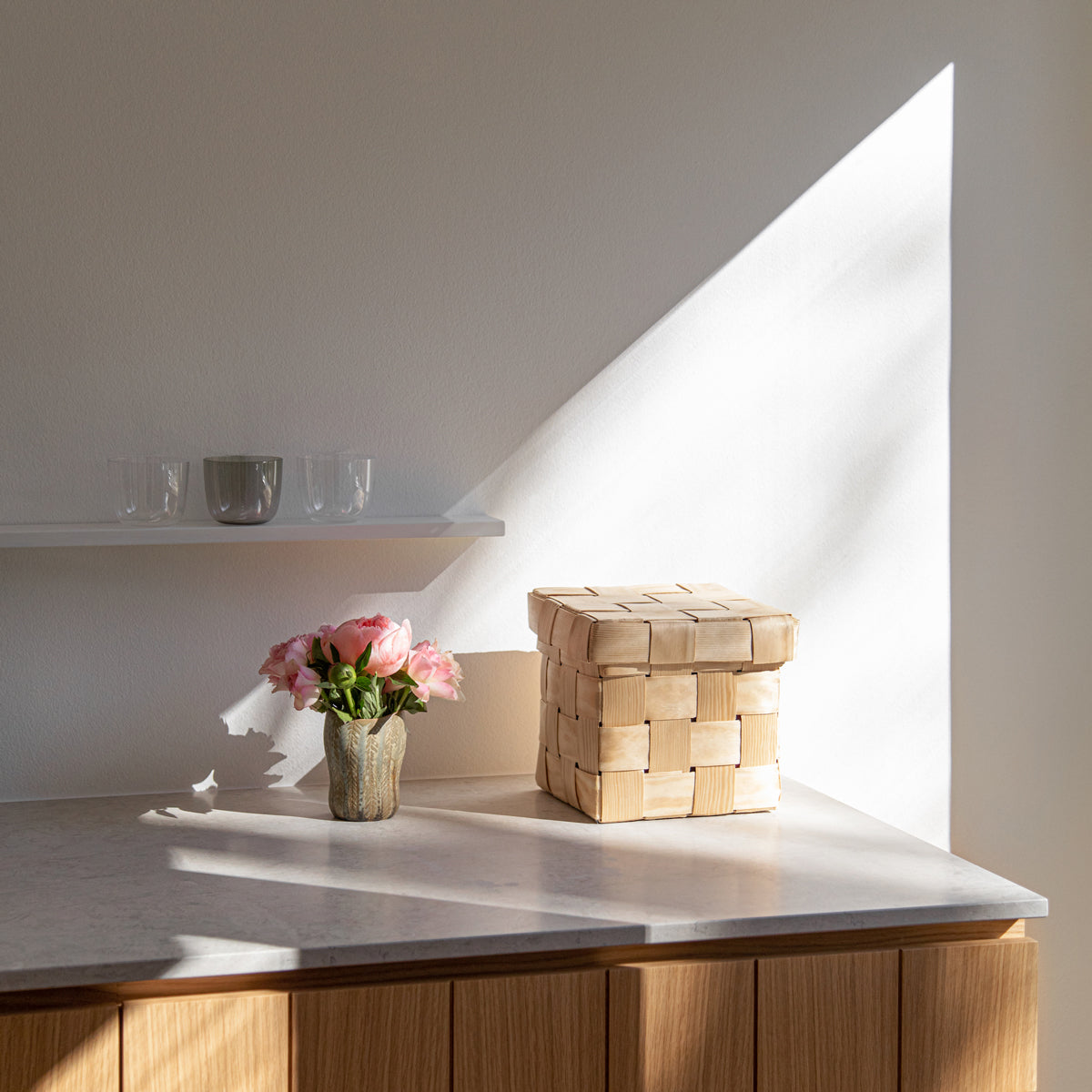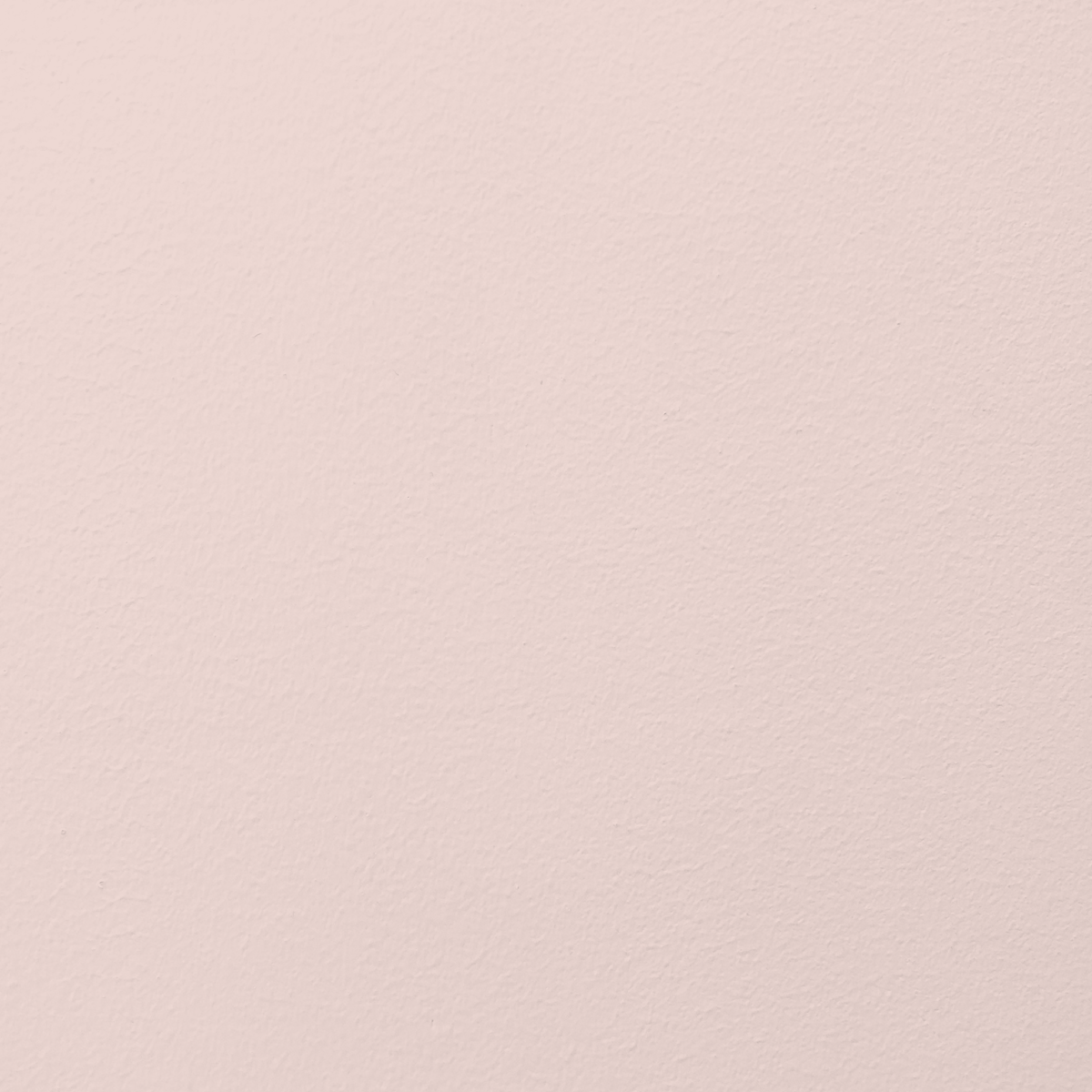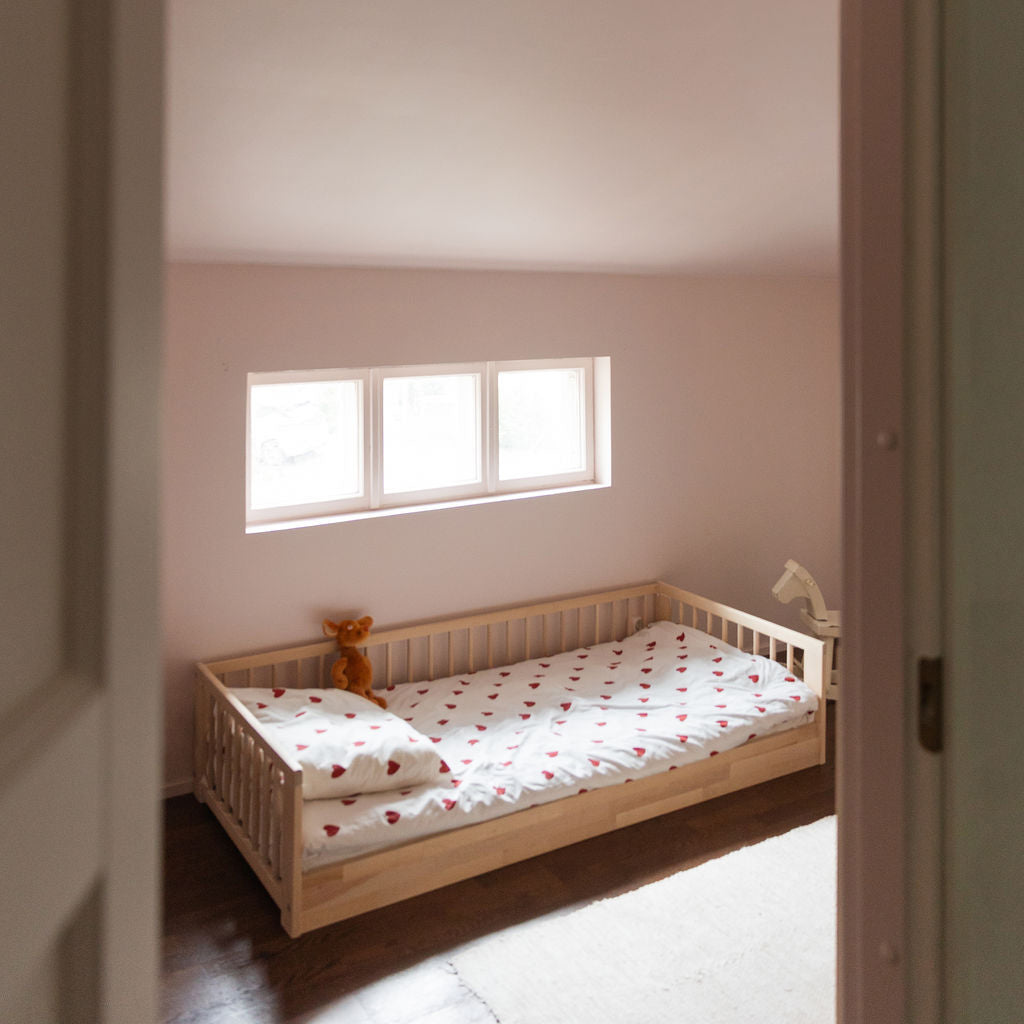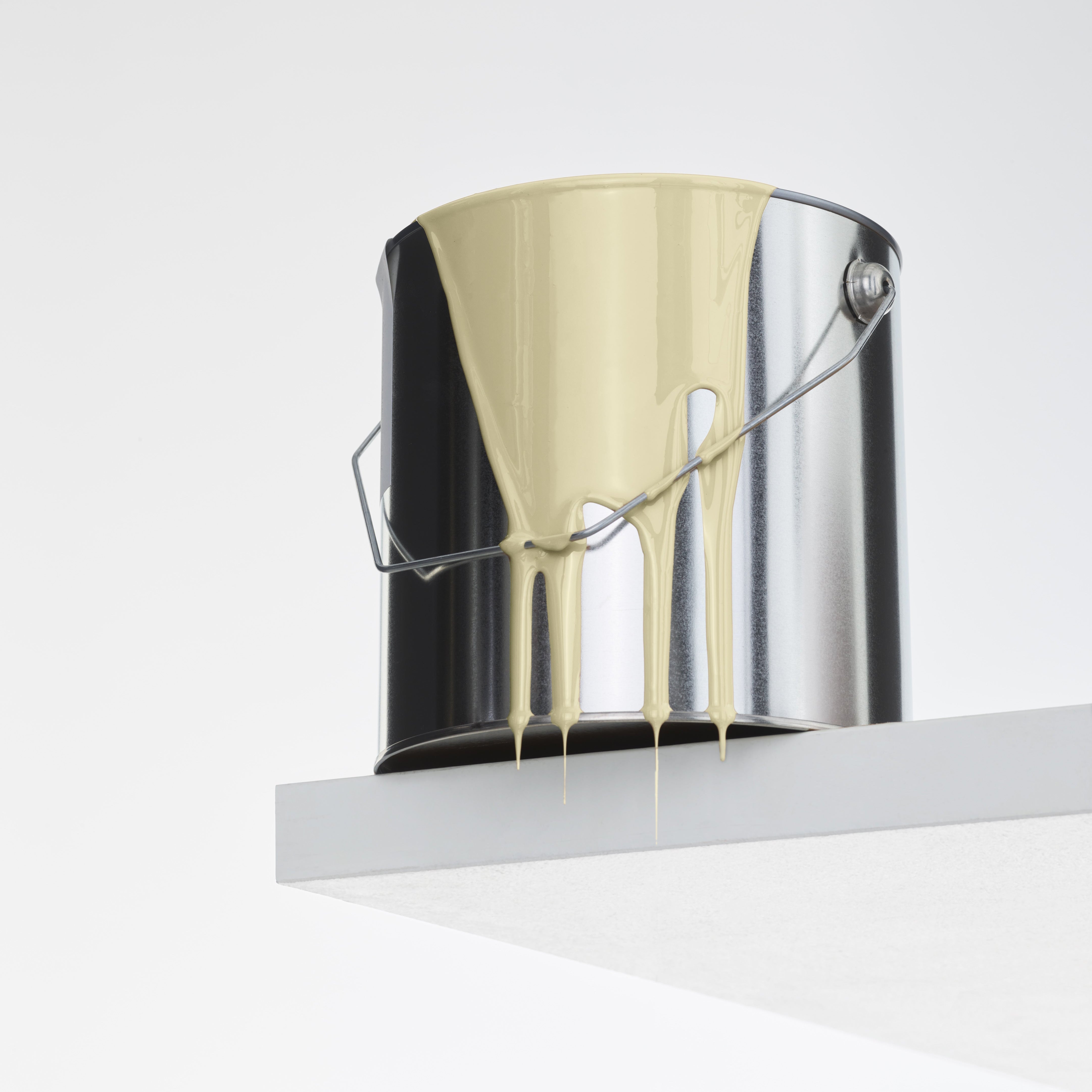Painter's masking tape is a reliable and multi-purpose tool for home decoration projects.
If you want to paint the surfaces of your home to perfection, painter's tape is your best friend. With careful taping, you'll get clear, clean lines and save skirting boards and adjacent surfaces from paint splatters.
Choose the right tape
There are many different types of masking tape available, so make sure you buy the tape that suits your needs. For your painting project, it’s worth relying on good quality painter's tape. We've tested the tapes for you and selected the best painter's tape for general use and included it in our supply kit.
Tape up the surfaces you want to protect
Apply the tape to the areas you want to protect and to the edges where you want clean, sharp lines:
If you're painting walls, tape the edges of the ceiling (where the ceiling meets the wall), skirting boards (unless you're painting skirtings), light switches, sockets, window frames and door frames.
If you’re painting a ceiling, mask sections of the adjoining walls using masking tape. You can also tape around fire alarms and ceiling lights.
How to use masking tape like a pro
Start by wiping the mouldings and wall edges you want to tape. Usually, a damp rag is enough to wipe away dust and dirt. Allow the surfaces to dry before applying the tape.
Once you have a clean and dry work surface, start applying the tape. If you’re not an experienced taper or have difficulties applying the tape straight or in the right place, apply the masking tape in one metre strips. When applying a strip of masking tape, make sure you apply it slightly overlapping the previous section to prevent the paint from seeping through the joint.
Tape carefully
Carefully apply the tape as close as possible to the wall or ceiling surface. Press the tape with your finger to ensure that it adheres tightly to the surface and prevents paint from running between the tape and the surface. Place the pieces of tape partially on top of each other to avoid leaving gaps in the surface to be protected.
Painter's tape is also a great tool for painting different patterns. For example, a classic two-tone wall is easily created by taping a border line on the desired part of the wall. Graphic patterns are also easy to create with masking tape.
Remote masking tape correctly
Remove masking tape immediately after painting, while the paint is still damp. Do not wait for the paint to dry, as dry paint may come off with the tape. Carefully remove the tape by pulling gently at a 45 degree angle.


